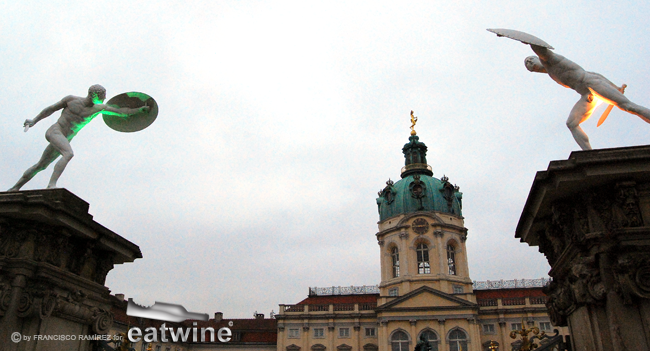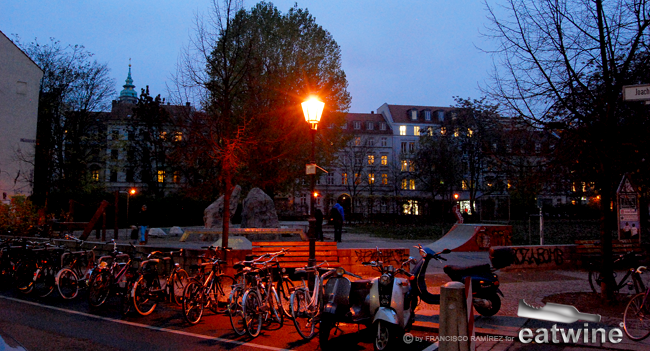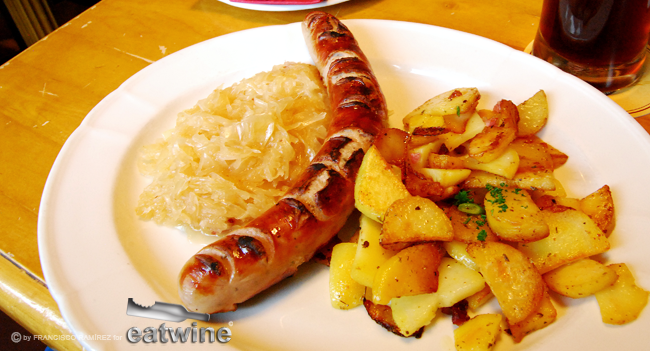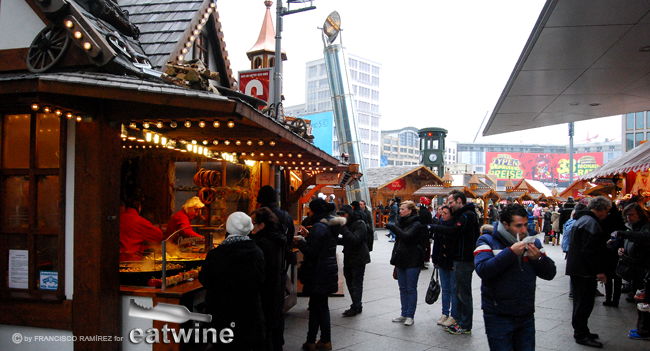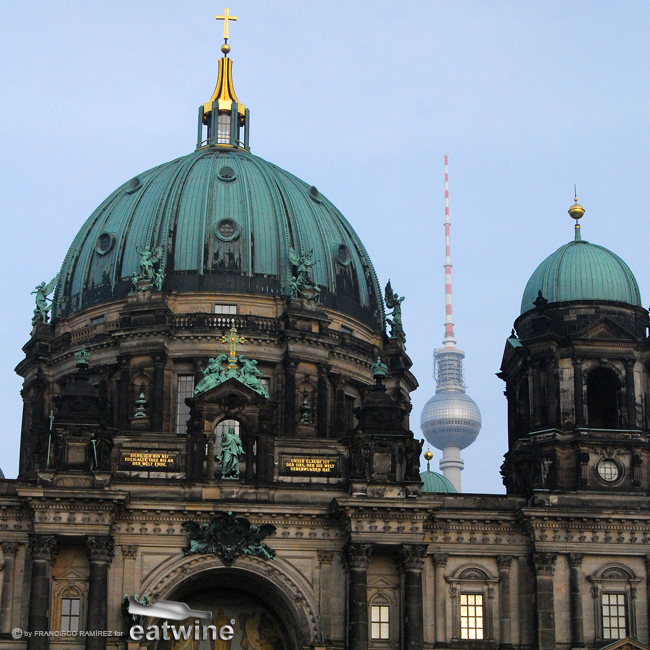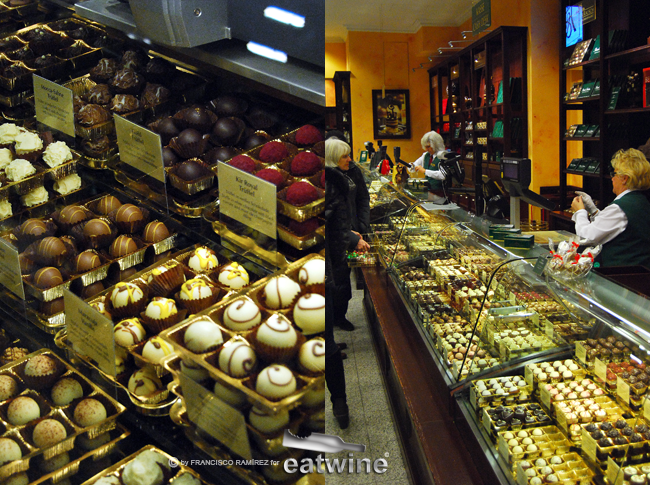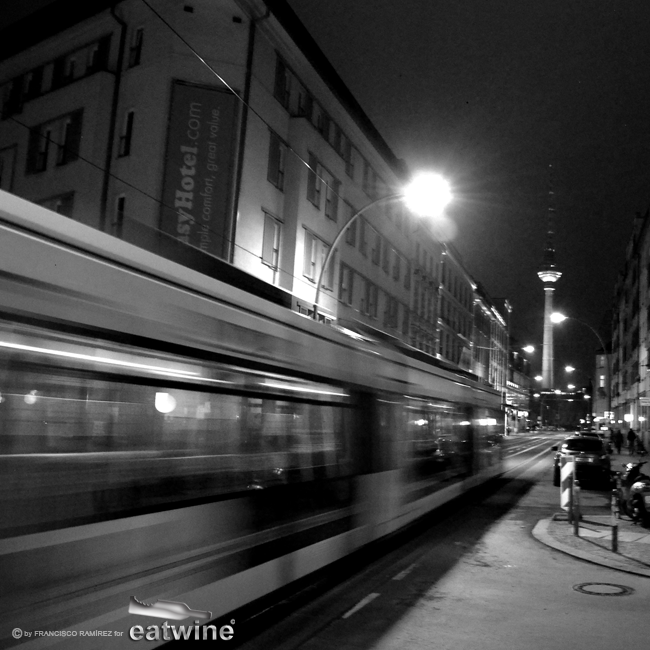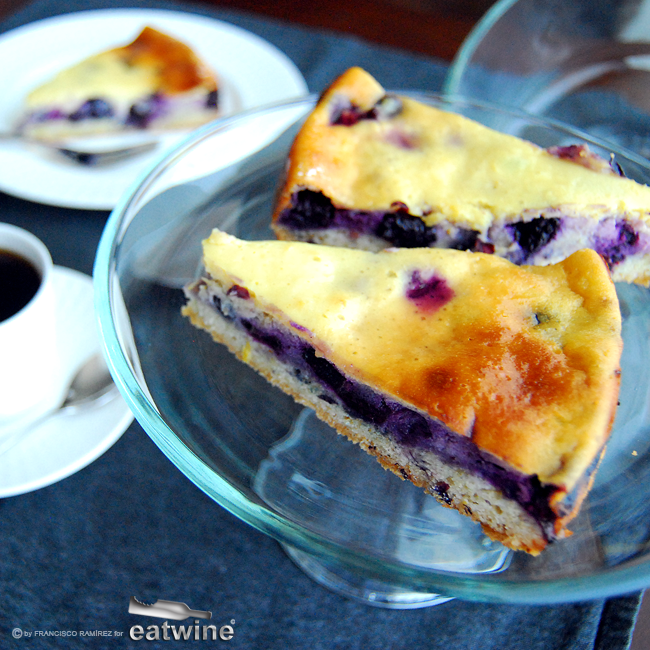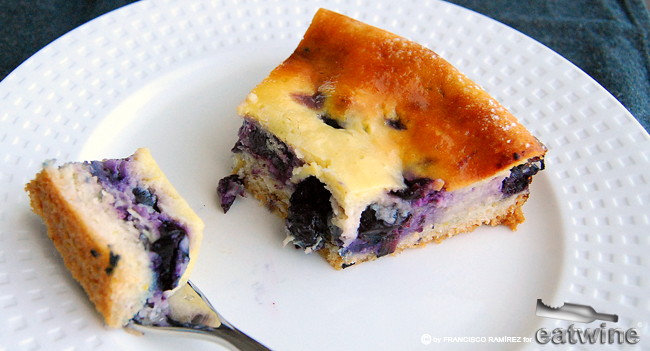I have been meaning to write a post on our trip to Berlin in November. Between the holidays and summer high season, here we are at the end of January already. That being said, Berlin has been on my mind.
Way back in February of last year, when we decided to visit Europe en route to a trade show, we literally looked at the map, and cherry-picked the cities of most interest. Berlin, and Milan, won.
Nine months later, we landed in Berlin at Tegel airport on a cold, rainy night. The wind ripped through our lightweight jackets as we deplaned from the sunny warmth of Marrakech. I shivered as we loaded our luggage into the gleaming Mercedes sedan (common as taxis in these parts). I arrived in Berlin without many expectations; only a sense of adventure and limited knowledge of German beyond Guten Morgen” and Bitte (used for seemingly everything!). Friends who had been to Berlin prefaced the German capital as “vanguard”, “hip”, “unlike the rest of Germany”, “San Francisco in Europe”, and “utterly cool”. We were ready to check it out.
The sun rose the next morning after 8:00am. It was cold. Really cold—like parka cold. We bundled up and walked to the nearby Brandenburg Gate, an neoclassical triumphal arch, one of the city’s, and Germany’s, landmarks. On the way out of our hotel near Potsdamer Platz, the first Christmas markets had opened. Little Bavarian huts were cooking up grilled sausages, crepes with wild mushrooms, and pretzels. Berliners huddled around tables hugging mugs of gluhwein (warm wine with spices). A candy stand made wide-eyed child have visions of sugarplums with colorful licorice, chocolate lollipops, and gummy candies in various flavors. We moseyed around the Mitte heading towards Museum Island and the imposing Berliner Dom, Berlin’s Cathedral, across one of the many canals. Realizing we’d skipped lunch, we stopped on a scenic corner to be indoctrinated with my first currywurst sausage, on the street. Locals cued up and the smell was driving me crazy. A far cry from a hot dog–anywhere. Not easy street eating, mind you.
By 3:30pm, the sun was already sinking in the sky. It had only peaked its measly head out among the clouds for less than hour, providing no warmth whatsoever. We headed to Fassbender & Rausch, touted as the world’s largest chocolaterie. I felt like I had entered Willy Wonka’s. Row upon row of beautifully packaged bonbons, pralines, and truffles sat on the shelves. Gigantic molds of chocolate depicted iconic Berlin spots like the Reichstag and Fernsehtrum tower (look but do not touch nor eat). Upstairs in the café, I rendezvoused with my exchange sister from Finland, Annika, who I had not seen in nearly 15 years. I sipped a perfectly pulled espresso and devoured quite possibly the single most delicious dark chocolate mousse my palate has ever had the pleasure of experiencing. Needless to say, the line to get a table was pandemonium as the cold and darkness set in. It was only 4:30pm.
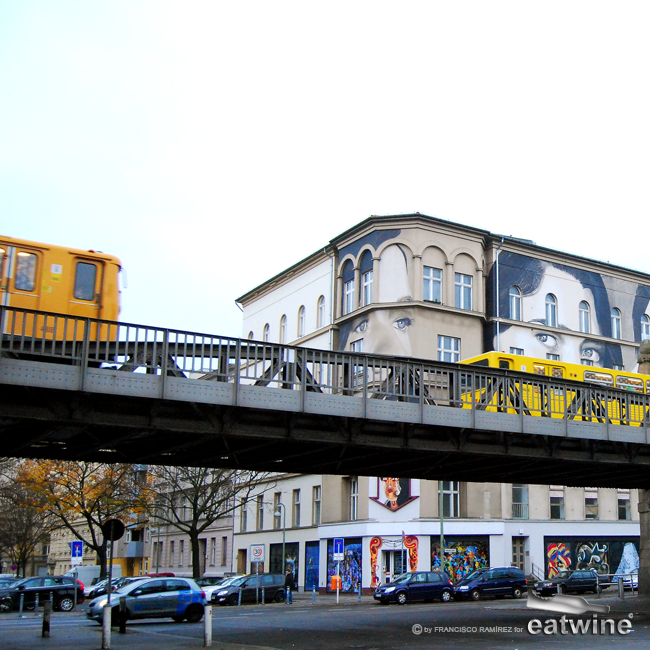
So were our days in Berlin. We explored much of the city and in the Mitte, I fell in love with neighborhoods around Augustrasse & Oranienburger Strasse, once part of East Berlin with the rambling trollies, tiny winding streets, charming facades,boutiques, cafes, plazas punctuated by green copper church spires, bells peeling, and glowing show windows, many decorated for Christmas. The lights, the wooden ornaments, the cold, coming into a warm café for treat, it pulled every nostalgic heartstring of my childhood. There was something familiar in Germany for me. Perhaps it was my upbringing in Pennsylvania Dutch (German) country and a tiny town called Lititz that had strong roots in Germanic traditions, especially at Christmas. With those cold, dark days I started to understand why Christmas in the north has these traditions—there’s a true need for the markets, the lights, the warmth, the holiday cheer at an otherwise bleak, cold time of the year. Our waiter at breakfast the one morning actually told us that sometimes, the sun doesn’t appear in November for 15-plus days at a stretch.
One foggy morning, we went for a long walk in the Tiergarten en route to the Bauhaus museum, a pilgrimage for my husband (a contemporary artist). After, we went to see an exhibit at the Museum Fur Fotografie near the Zoo honoring the life of exceptional photographer Helmut Newton, a well known German fashion photographer whose provocative, erotically charged black-and-white photos were a mainstay of Vogue, and other publications. We spent a whole morning in KaDeWe, a department store covering an entire square block. The top floor was dedicated exclusively to gourmet food. Dean & Deluca on steroids. I could have lived there. The aisles and aisles of meticulously prepared foods from all around the world, the section of advent calendars, those yummy sausages… so tantalizing.
Another afternoon, we went to the quiet gardens of Charlottenburg Schloss, the only surviving royal residence in Berlin built towards the end of the 17th century. The Palace seemed to emerge straight out of a Prussian fairytale with its baroque and rococo style, and fittingly they were preparing the Christmas market to open the next weekend. We stopped nearby at a typical neighborhood brewery for beer, sauerkraut and sausage. The sun never made it out from behind the clouds that day so the hearty fare was exactly what our (freezing cold) bodies wanted. Another gray day, we took refuge at lunch time at Pauly Saal, in a renovated Jewish girl’s school for a modern take on German cuisine of the 1920s and ’30s. This translated to some yummy dishes like venison fettucine ragout, smoked sturgeon, excellent German and Austrian wines, plus a lovely the airy dining room complete with Murano chandeliers. I was amazed how pet dogs, very well behaved, were allowed everywhere—even in gourmet restaurants (like the above) and on the subway. We never heard a peep from that pup during the entire meal.
Things worked like clockwork in Berlin. I still could not get over the trains running exactly on time. Not that I had expected anything less from Germany, but I loved the efficiency, the cleanliness, the order of everything. After fourteen years in Chile and South America things working seemed like such a novelty (written with a hint of irony).
Berlin’s attitude was cool, low key, creative. It seemed so livable yet so cosmopolitan. A constant meshing of the traditional and avant-garde, idyllic yet some dark moments in the past (WWII history), a kinetic energy but always space to find a slower pace. I imagined those grassy parks, bars, and cafes teeming with Berliners in the summer time when the sun was out until late. We had to come back in warmer weather.
While exploring, we stopped sometimes for a coffee and a slice of küchen, a homey, sweet cake usually made with seasonal fruit. Funny enough, küchen is something we know quite well in Chile, given the German heritage concentrated in the lake district around near Valdivia, Osorno, Puerto Varas. With the German immigrants arriving in the mid 19th century, küchen slowly penetrated most Chilean kitchens with its non-fussy nature and use of ingredients found easily in your pantry and fruit basket. Today, küchen in Chile is nearly as common as empanadas.
Küchen is really an old-fashioned cake with no pretense. It has a tender dough crust usually topped with custard, cheese, berries, apples, quince, or other fruits. Probably your abuela, or oma in German (grandma), has been making this cake for decades since it never goes out of fashion.
I love this recipe for being so easy. You do not even need a mixer or food processor. Most of the ingredients you should have on hand so you can make one on a moments notice. While easy to prepare, it looks spectacular for an afternoon tea, brunch, dinner party–and nobody will know you made this is in no time flat.
Right now we are swimming in fresh blueberries in Chile. I literally opened my refrigerator scanned the ingredients (eggs, natural yogurt, berries, check) and this küchen was born. If you are in the midst of winter and only have frozen berries, these work fine, too. The texture may be creamier and less juicy since they will yield less juice when baking. I used blueberries but feel free to improvise here—blackberries, raspberries, murtillas (Southern Mulberries, common in the Lake District), or even a combination. Best of all, the cake is quite low in fat because it uses natural yogurt, not cream cheese—you’d never know the difference though.
Now just turn on the espresso machine now and cut yourself a slice.
Ingredients:
Dough Crust
1 cup all-purpose flour
1/2 cup sugar
1/8 teaspoon salt
1 teaspoon baking powder
1/4 cup butter, melted
2 egg whites
1 teaspoon vanilla
2 cups fresh or frozen blueberries
Filling
1-1/2 cups plain yogurt
2 tablespoons all-purpose flour
1/2 cup sugar
2 slightly beaten egg yolks
1 slightly beaten whole egg
1-1/2 teaspoons finely grated lemon zest (Microplane brilliant here!)
1 teaspoon vanilla
Method:
- Preheat oven to 350F degrees. Lightly grease bottom and sides of a 9-inch spring form pan. If using frozen berries, thaw at room temperature for 15 minutes then drain.
- In a mixing bowl, stir together 1 cup flour, 1/2 cup sugar, salt, and baking powder. Add the melted butter, 2 egg whites and vanilla. Stir by hand until mixed (you may need to use your hands a little to get a uniform texture).
- Press onto the bottom of greased spring form pan and sprinkle with berries to form a layer. Reserve.
- To make the filling, place the yogurt in a large mixing bowl and sprinkle with 2 tablespoons flour. Add the remaining sugar, egg yolks, beaten egg, lemon zest, and vanilla. Whisky until completely smooth. Pour over berries and tap to even.
- Bake for 55 minutes. Center should appear set when shaken gently. Cool for at least 15 minutes before removing the sides of the pan. Chill thoroughly before serving, at least 4-6 hours (better overnight). Yield: 8 – 12 servings, depending on your portions and whether or not there are Chileans at your table.
Buen provecho / Guten Appetit

